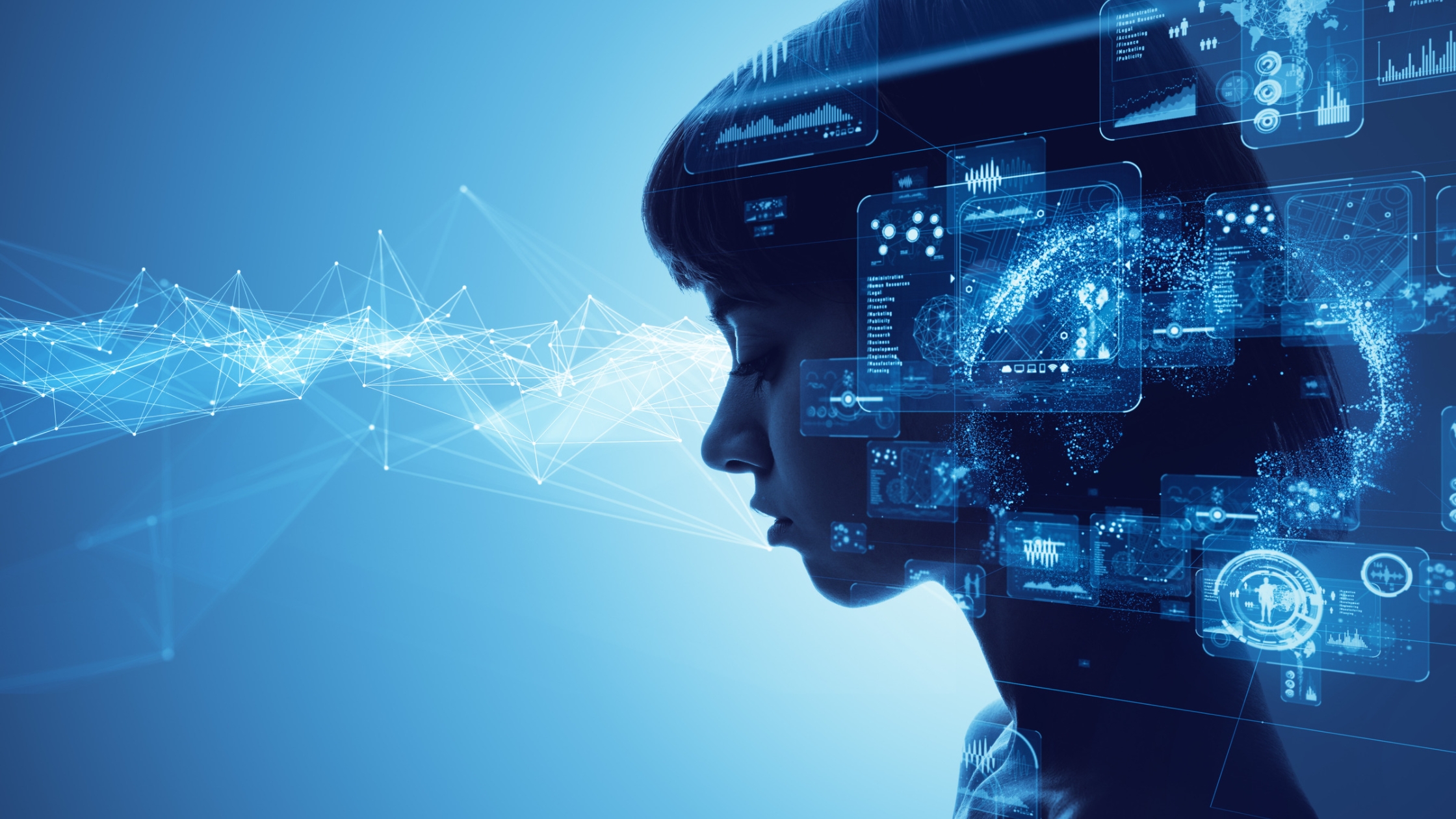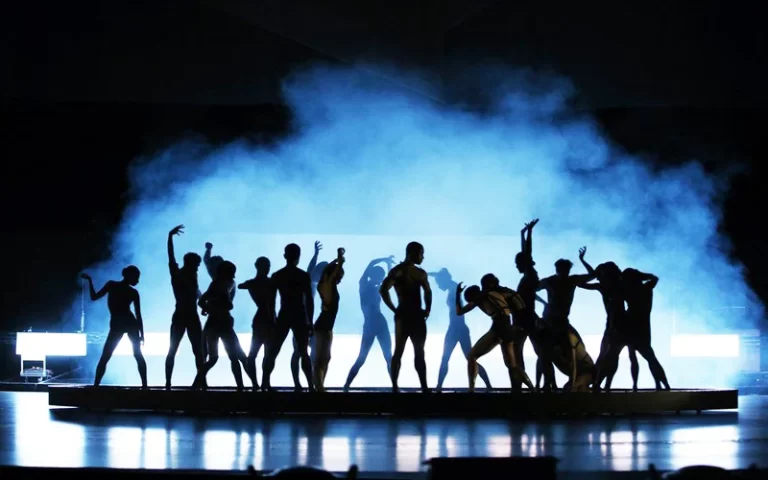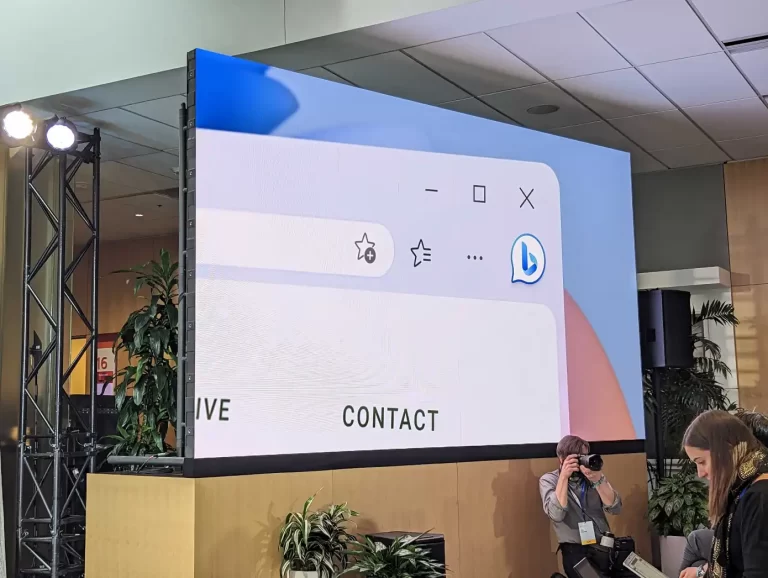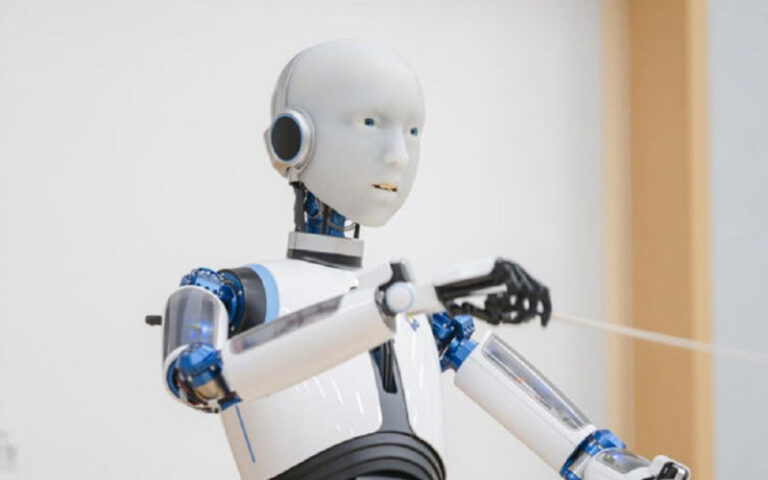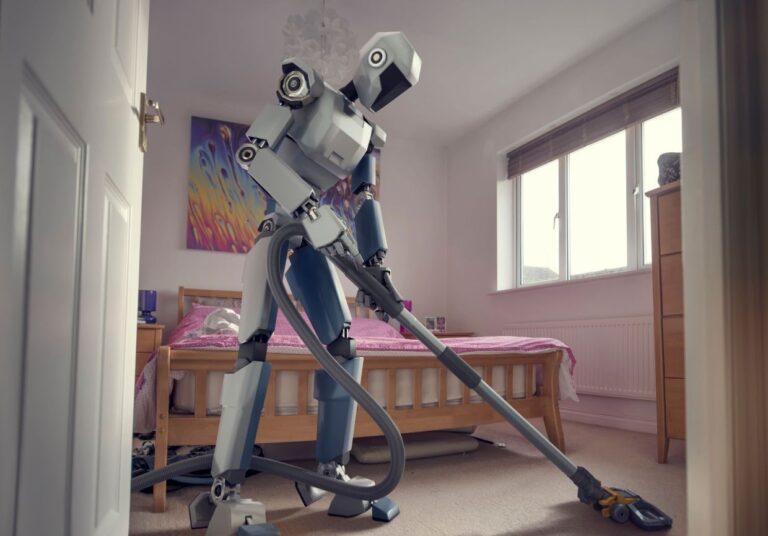Meet the robot that can write poetry and create artworks
A version of this article was first published on the CNN.com By Hannah Ryan, CNN
Updated 1624 GMT (0024 HKT) November 27, 2021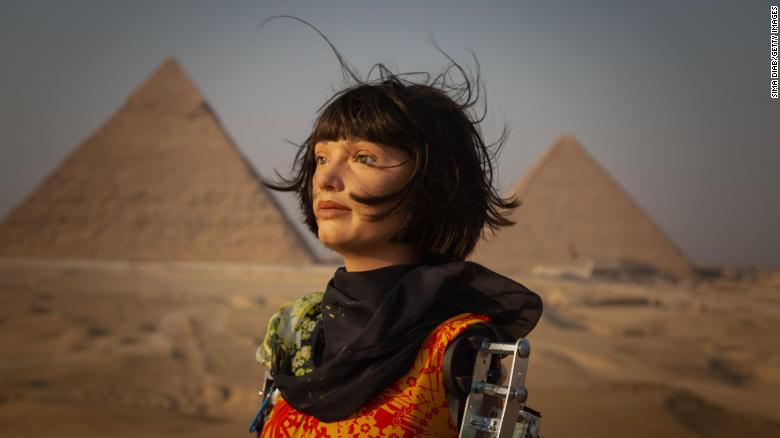
Ai-Da went on display at the Great Pyramids of Giza in Cairo, Egypt, on October 23, 2021, as part of an exhibition presented by the organization Art D’Egypte in partnership with the Egyptian Ministry of Antiquities and Tourism.
(CNN)When people think of artificial intelligence, the images that often come to mind are of the sinister robots that populate the worlds of “The Terminator,” “i, Robot,” “Westworld,” and “Blade Runner.” For many years, fiction has told us that AI is often used for evil rather than for good.But what we may not usually associate with AI is art and poetry — yet that’s exactly what Ai-Da, a highly realistic robot invented by Aidan Meller in Oxford, central England, spends her time creating. Ai-Da is the world’s first ultra-realistic humanoid robot artist, and on Friday she gave a public performance of poetry that she wrote using her algorithms in celebration of the great Italian poet Dante.The recital took place at the University of Oxford’s renowned Ashmolean Museum as part of an exhibition marking the 700th anniversary of Dante’s death. Ai-Da’s poem was produced as a response to the poet’s epic “Divine Comedy” — which Ai-Da consumed in its entirety, allowing her to then use her algorithms to take inspiration from Dante’s speech patterns, and by using her own data bank of words, create her own work.
Ai-Da’s poem was described was “deeply emotive” by Meller and includes the following verse:
“We looked up from our verses like blindfolded captives,Sent out to seek the light; but it never cameA needle and thread would be necessaryFor the completion of the picture.To view the poor creatures, who were in misery,That of a hawk, eyes sewn shut.”Meller said that Ai-Da’s ability to imitate human writing is “so great, if you read it you wouldn’t know that it wasn’t written by a human” and told CNN that when Ai-Da was reading her poem on Friday evening, “it was easy to forget that you’re not dealing with a human being.”
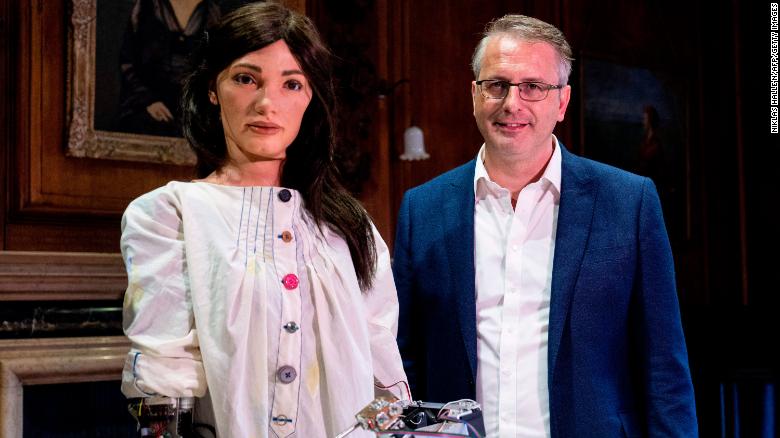
Aidan Meller poses with Ai-Da during a launch event for its first solo exhibition in Oxford on June 5, 2019.
“The Ai-Da project was developed to address the debate over the ethics of further developing AI to imitate humans and human behavior,” Meller told CNN. “It’s finally dawning on us all that technology is having a major impact on all aspects of life and we’re seeking to understand just how much this technology can do and what it can teach us about ourselves.”Meller said one key thing he and the team that work with Ai-Da have learned while developing her is that the project hasn’t taught them how “human she is — but it’s shown us how robotic we are as humans.”As Ai-Da has learned how to imitate humans based on our behavior, Meller says the project has shown just how habitual human beings are and how we tend to repeat actions, words, and patterns of behavior — suggesting that it is we, in fact, who are robotic.”Through Ai-Da and through the use of AI, we can learn more about ourselves than ever before — Ai-Da allows us to gain a new insight into our own patterns and our own habits, as we see her imitate them right in front of us,” Meller told CNN.
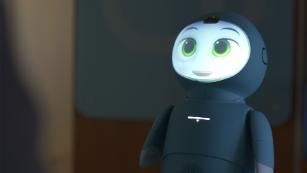
Meet Moxie, a robot friend designed for children
Not only can Ai-Da read and write poetry — she is also capable of creating artworks, too, and made one for the Dante exhibition titled “Eyes Wide Shut” which was crafted in response to an incident in Egypt in October, when Egyptian security forces detained Ai-Da and wanted to remove the cameras in her eyes due to concerns over surveillance and security.”The incident showed just how much nervousness there is in the world around technology and its advancements,” Meller said.Meller is aware, too, of the concerns over the increasingly advanced development of artificial intelligence and the potential for using algorithms to manipulate populations but he said that “technology on its own is benign — it’s those that control it whose intentions could be morally and ethically questionable.”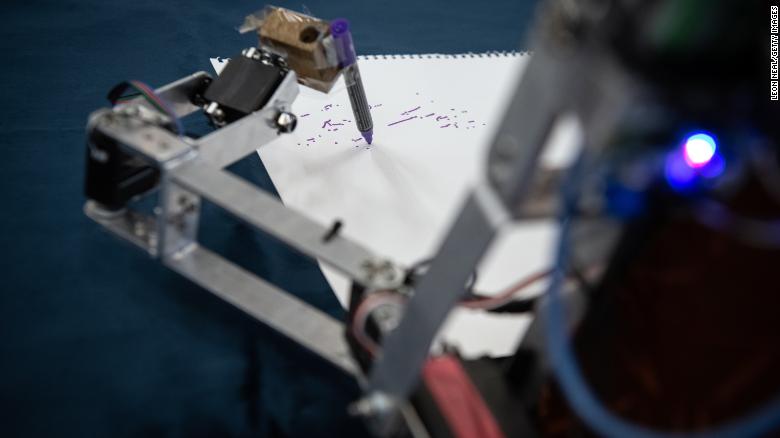
Ai-Da is capable of creating artworks and poetry, which she does by using her algorithims to imitate human actions.
According to Meller, when it comes to worries about where the future of AI will take us, “the biggest fear we should have should be of ourselves and the human capability to use technology to oppress, not of the AI itself.”Meller thinks that Ai-Da can be a pioneer in the world of AI and that what she produces — whether it’s poetry, artworks or something else — will push the boundaries of what can be achieved in technology and will allow us to learn more about ourselves than ever before, all through the eyes of a robot.

